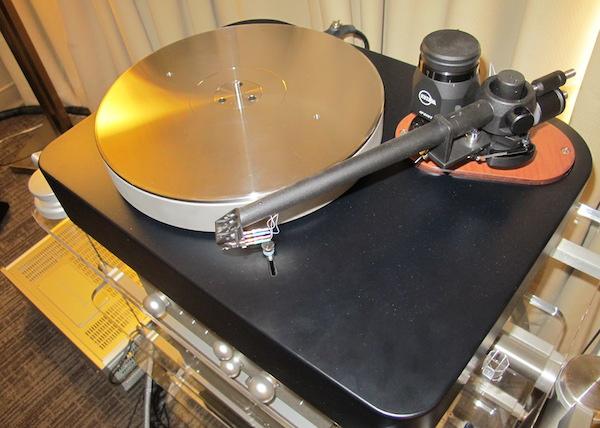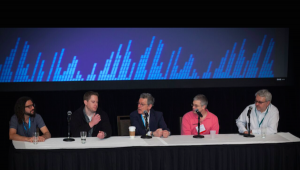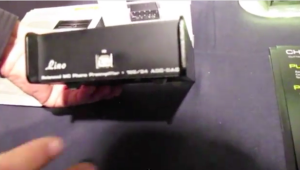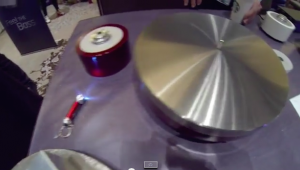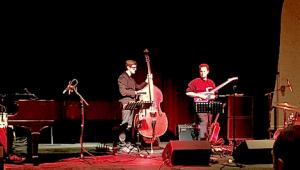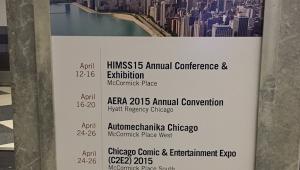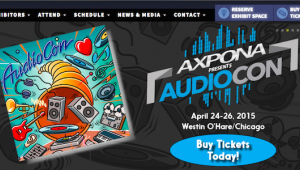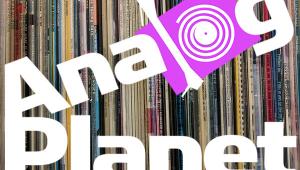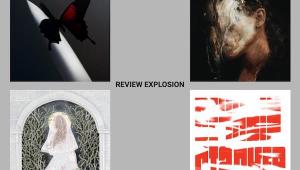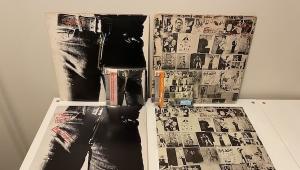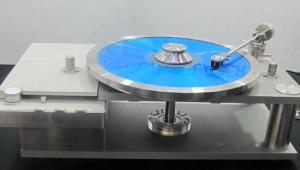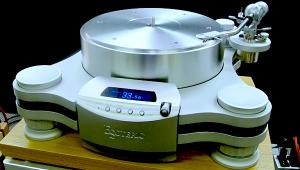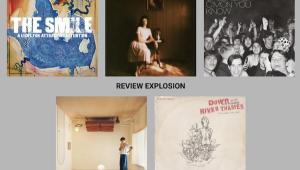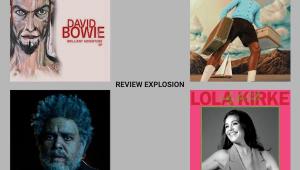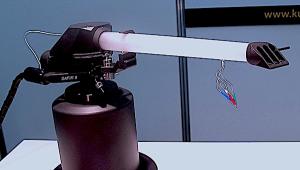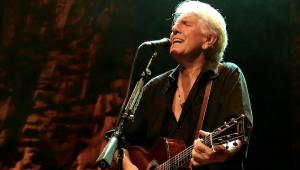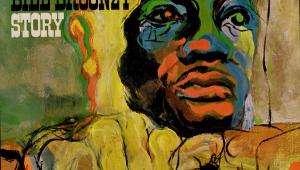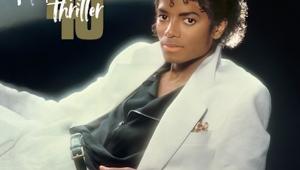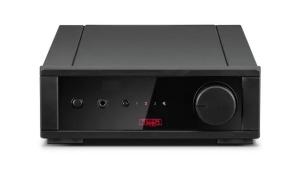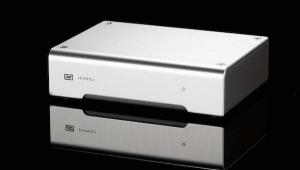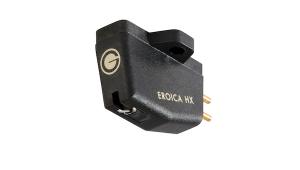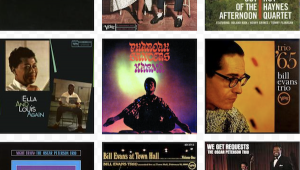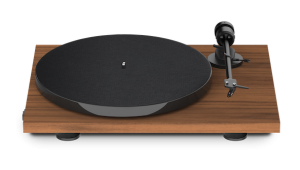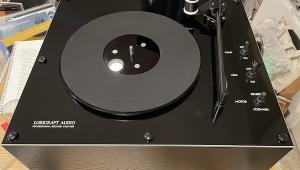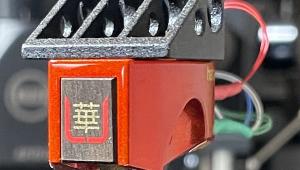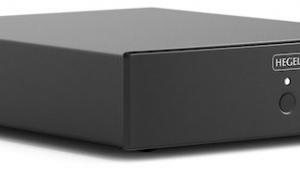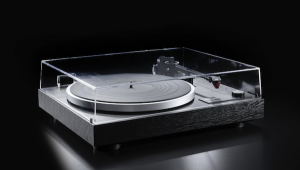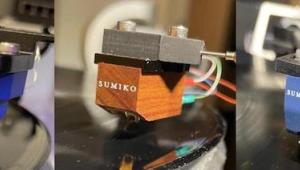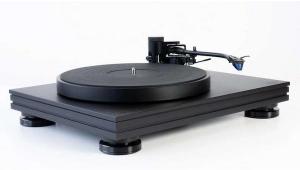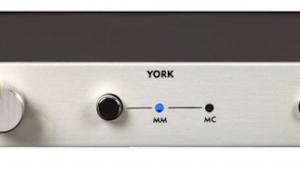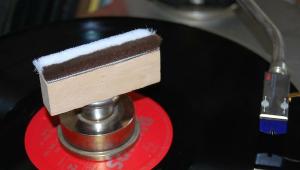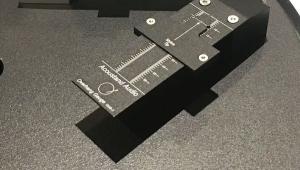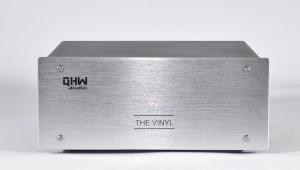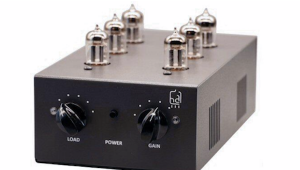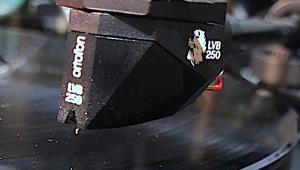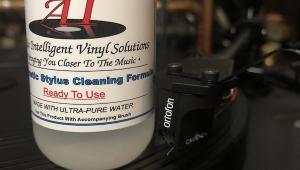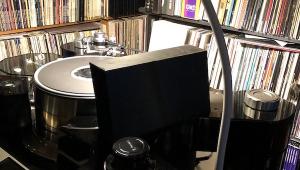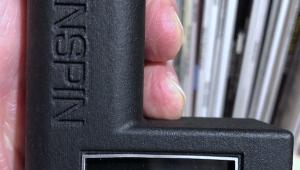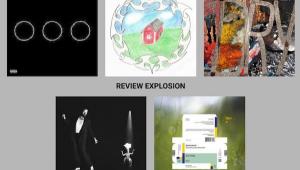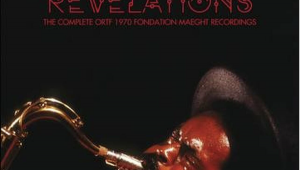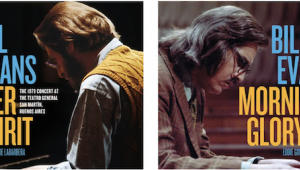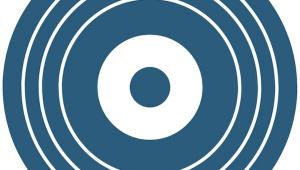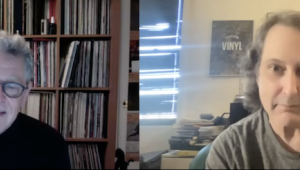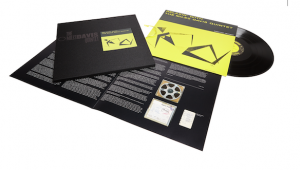The Artisan Fidelity Turntables Drew Me In, the Sound Made Me Stay.
A Lenco motor-based 'table equipped with a Kuzma 4 Point fitted with a Lyra Kleos was the source. A David Berning vacuum tube based preamp and OTL mono block amplifiers were the electronics. The speaker was a spectacularly finished, single coaxial driver design from LaHave Audio.
Sound Design Labs, Inc. provided the power conditioning and cabling, including the Joule Case Reference AE Hybrid Power Distribution Unit/Variable Bias Power Supply and Active-Link cables including various power cords, interconnect an speaker cabling.
I asked to hear the test pressing I'd brought of Ellington Masterpieces, the mono spectacular recently reissued by Analog Productions (At the show Chad Kassem told me the Ellington record would probably surpass in less than a year the total number of copies sold of Tea For the Tillerman).
The system's rendering of "Mood Indigo"—the record's opener— had me believing. I've played that record all over the place. Some systems bring this performance close to life—expressing the mono record's intense three-dimensionality, textural generosity and harmonic accuracy. Some systems bury the piano in soft muck and soften the recording's sophisticated rendering of transients and some coarsen in the opposite direction.
This system produced image-coherence, stability, focus and three-dimensionality as well as convincing instrumental harmonics, transients and microdynamics. I've heard that long opening track many times. At this point only the best renderings keep me from stopping part way through. What I heard kept me there the whole time—and this was Sunday afternoon shortly before I had to leave for the airport.
Artisan Sound's Christopher Thornton then played a track from the Analogue Productions reissue of Oscar Peterson's We Get Requests. The speaker's low frequency extension was startlingly deep and impressively well-controlled, if just a bit "ripe", but not so-much so that it muddied the piano's lower keyboard.
I asked if I could play files from a USB stick through the system's LampizatOr Audio DAC. Thornton told me a JRiver software glitch prevented that. They'd tried to get it going, but couldn't. So going against type, I asked if I could try to fix it.
A few minutes later one of the files I'd recorded from vinyl just before leaving for Chicago played through the Lahave speakers and everyone, with great surprise applauded. The "analog guy" got the computer music working? Yes.
I told them, "Just because I'm known as the 'analog guy' doesn't mean I don't do digital. My wife shows dogs. Part of the judge's job description is to feel the dog's balls. That doesn't mean he goes around on the street asking people if he can feel their dog's balls!"
It was funny, and I felt a sense of (meager) accomplishment, but I also got to hear the newly recorded files through a revealing system.
Many rooms produced interesting, accomplished sound, including those containing gear from familiar companies like Wilson, Magnapan, Audio Resarch, Tidal and others, but overall, for whatever reason or reasons, the sound in the Lakeview Audio room was my favorite. Here's the video:
